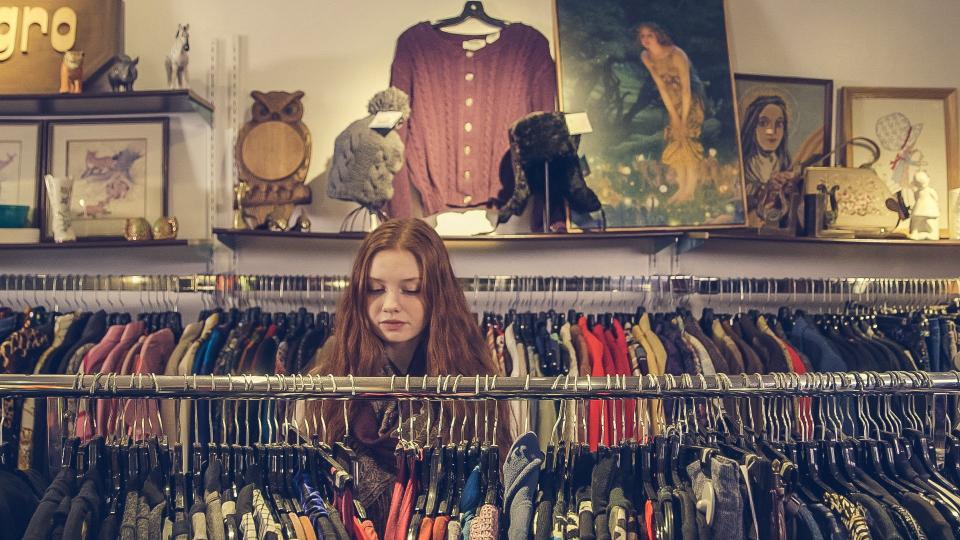The Rise of Community-Oriented Retail
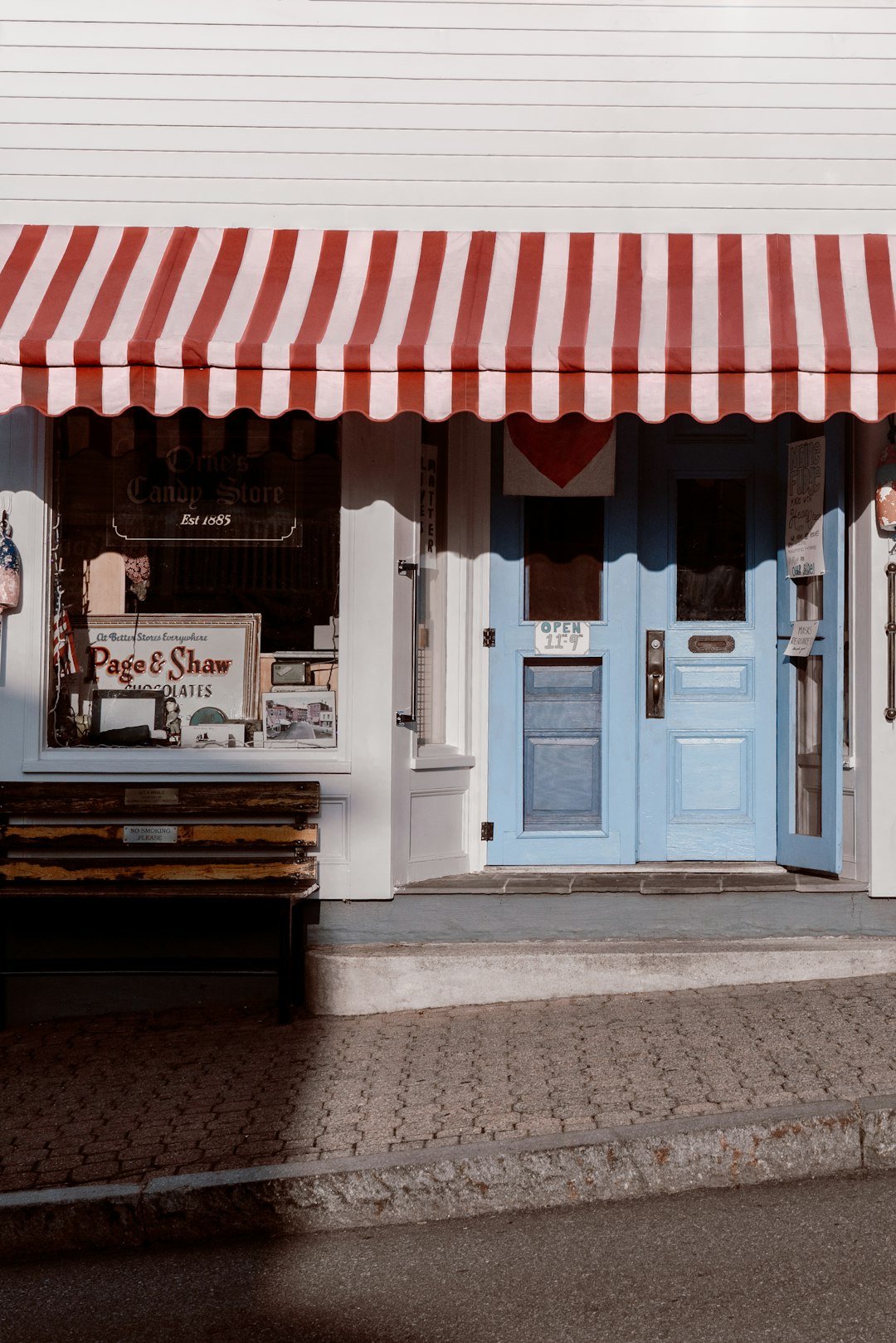
You wouldn’t believe how dramatically the retail landscape has flipped in recent years. Sheri Bridges, director of Wake Forest University’s retail marketing center, explained the national trend. “Small is a big idea nowadays. There is definitely a trend to a smaller footprint,” she said. Major corporations like Best Buy are even getting on board with what they call “community-oriented retail.” It’s like watching David suddenly having Goliath asking for tips on using a slingshot. The personal touch and intimate shopping experience that small town boutiques have always offered is now what everyone wants. Who could have predicted that the very thing big box stores tried to eliminate would become their aspiration?
The Customer Service Revolution

Charles Wetzel, CEO of the Fort Worth-based Buxton Group, said, “Quite honestly, a lot of retailers have come back to the customer service days where the customer feels loved. If you can win on service, even if a product is online, people will come. They enjoy the entertainment factor of shopping in the store.” Consumers are tiring of the sheer amount of merchandise at big box stores, James Dion, president of Dionco Inc., a retail consulting firm based in Chicago said. It’s fascinating how the pendulum has swung back to basics – treating customers like human beings rather than walking wallets. Small town boutiques never forgot this fundamental principle, and now they’re teaching billion-dollar companies how to rediscover their humanity. The entertainment factor of shopping has become crucial, turning retail spaces into experiential destinations rather than mere transaction centers.
Digital Transformation Leveling the Playing Field
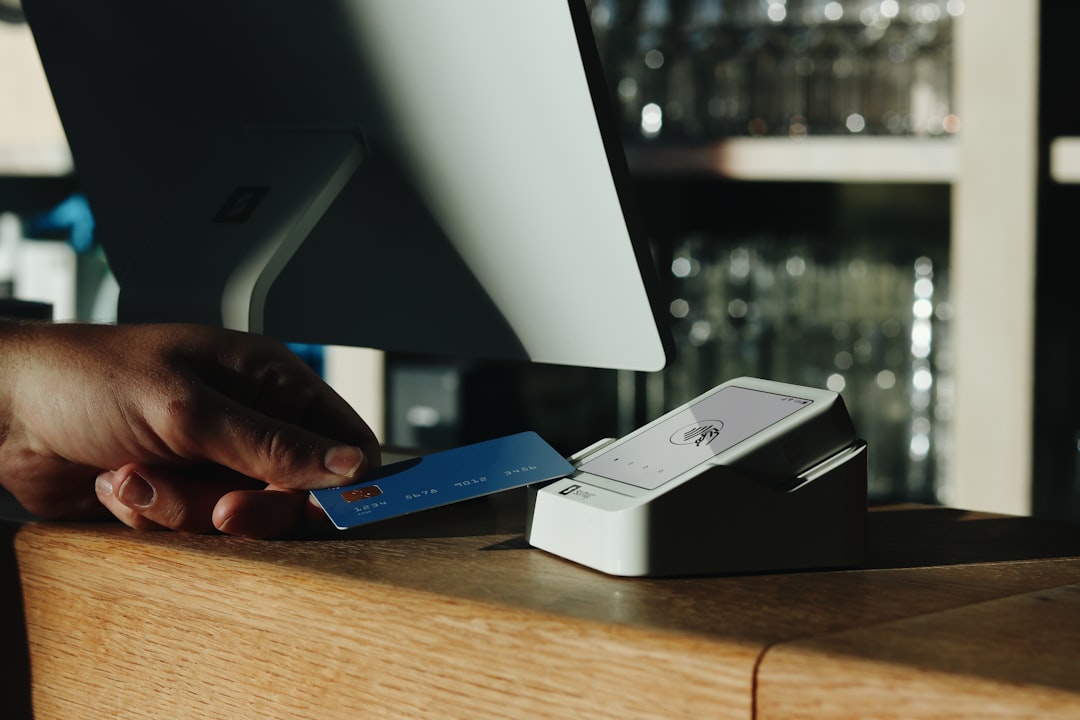
Technology is the tool to level the playing field for small town retailers. Here are ways smart small retailers are getting ahead The digital revolution has handed small boutiques a powerful equalizer they never had before. 58% of small businesses leverage digital marketing to grow their brands. Moreover, 75% use at least two marketing channels, with 80% emphasizing the importance of digital advertising for success. Nearly 70% of small businesses plan to increase their online ad spending within the next two years, underscoring the growing role of digital strategies. These statistics prove that small town boutiques aren’t just surviving in the digital age – they’re thriving and outsmarting larger competitors who are slower to adapt.
The Social Media Influence Explosion

Journal of Fashion Marketing and Management examined the impact of social media on consumer behavior during Fashion Week. The researchers found that social media platforms significantly influence consumers’ purchasing decisions, with 78% of respondents admitting to being influenced by social media content. Moreover, the study revealed that consumers perceive social media as more authentic and relatable compared to traditional fashion media, such as magazines and runway shows. Small town boutiques are perfectly positioned to capitalize on this authenticity craving because they’re already genuine. Social commerce is set to hit $105.5 billion in the US by 2025 and it’s reshaping how consumers engage with fashion. Americans already spend countless hours scrolling through platforms like TikTok, Instagram, and Facebook. The seamless integration of social feeds and shopping is making impulse buying easier – and smarter – than ever before. Local boutiques can create that personal connection through social media that big retailers struggle to achieve.
Micro-Influencers Over Celebrity Endorsements

There are two sides of the influencer marketing coin: aspirational mega-influencers and authentic micro-influencers. However, in the US, the days of relying solely on mega-influencers are gone. Micro-influencers and everyday consumers are becoming the most trusted voices in fashion. Their authentic, relatable content resonates far more with modern shoppers. And the proof is in the engagement rates: despite their smaller followings, micro-influencers’ rates average at three times higher than that of mega influencers. Small town boutique owners often become natural micro-influencers in their communities, building genuine relationships that translate into sales. This grassroots approach to influence is exactly what major brands are trying to replicate but can’t quite capture.
The Shop Local Movement’s Economic Impact
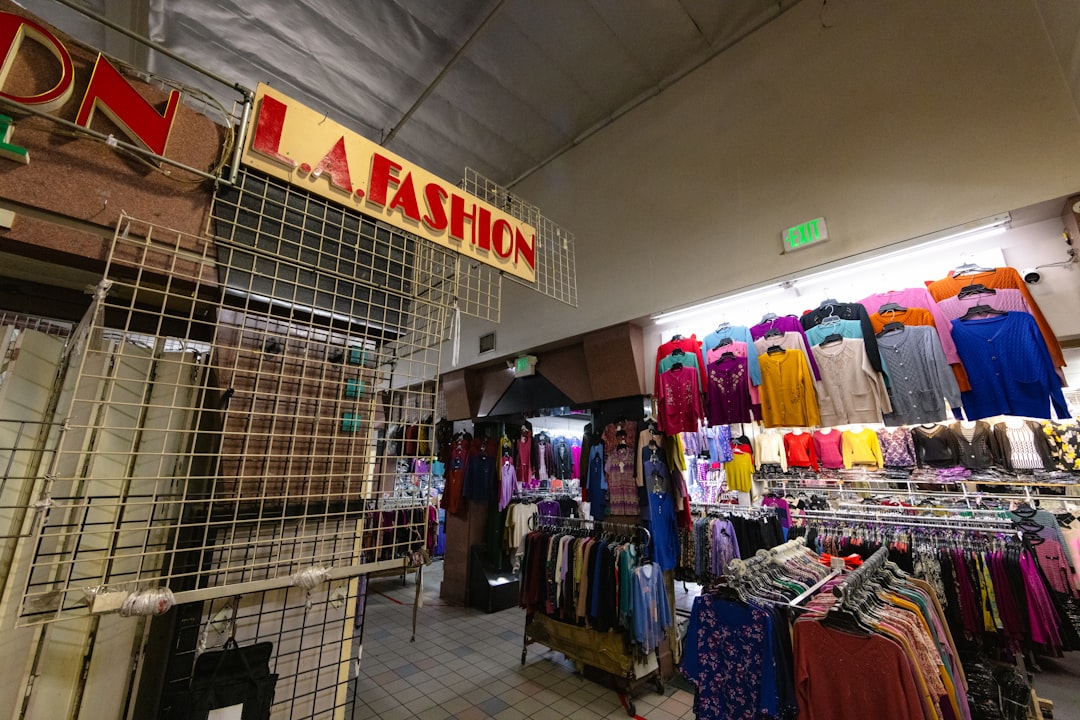
Consumers are increasingly spending at small businesses,” the MasterCard SpendingPulse™ for Small Business said. Far from an isolated example, they called it a “general consumer trend to shop small.” They’ve reported on this trend in 2012, 2013, 2014 and 2015. This isn’t just a feel-good movement anymore – it’s backed by serious economic data spanning multiple years. A survey by Yodle examined the “shop local” movement and found that most consumers prefer to shop locally, and would happily spend more doing so. If you don’t have your own products to sell, you can source local goods from nearby merchants and makers to resell in your store. The willingness to pay premium prices for local shopping experiences creates a sustainable competitive advantage that online giants can’t easily replicate.
Sustainability Driving Consumer Choices

As sustainability continues to be a top concern for consumers, fashion retail marketing is seeing a shift toward promoting eco-friendly products and practices. By 2025, sustainability is no longer just a buzzword; it’s a business imperative. Consumers are becoming more conscious of the environmental impact of their fashion choices, leading brands to embrace transparency, ethical production, and responsible sourcing. Small town boutiques often have shorter supply chains and closer relationships with their suppliers, making it easier to verify sustainable practices. According to Pinterest Business searches for sustainable fashion on the platform have increased by 71% year-over-year, reflecting a growing interest in eco-conscious clothing. This presents a massive opportunity for small boutiques to position themselves as the sustainable alternative to fast fashion.
Curation Over Overwhelming Choice
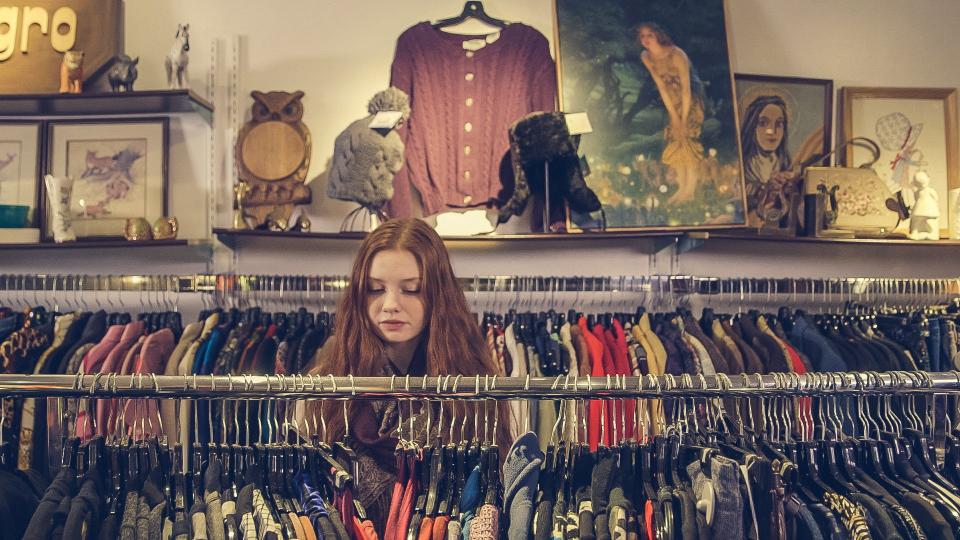
Consumers are tiring of the sheer amount of merchandise at big box stores, James Dion, president of Dionco Inc., a retail consulting firm based in Chicago said. “We know that when customers are confronted with too much choice, they don’t make a choice,” he said. This psychological phenomenon, known as choice paralysis, plays directly into the strengths of small town boutiques. Their carefully curated selections eliminate decision fatigue and create a more enjoyable shopping experience. Retail Owner’s Institute noted the trend, and said “today’s customers are hungry for exactly what specialty retailers can provide.” The expertise and personal attention that comes with curated selection is becoming increasingly valuable in an oversaturated market.
Technology Integration Without Losing Personal Touch
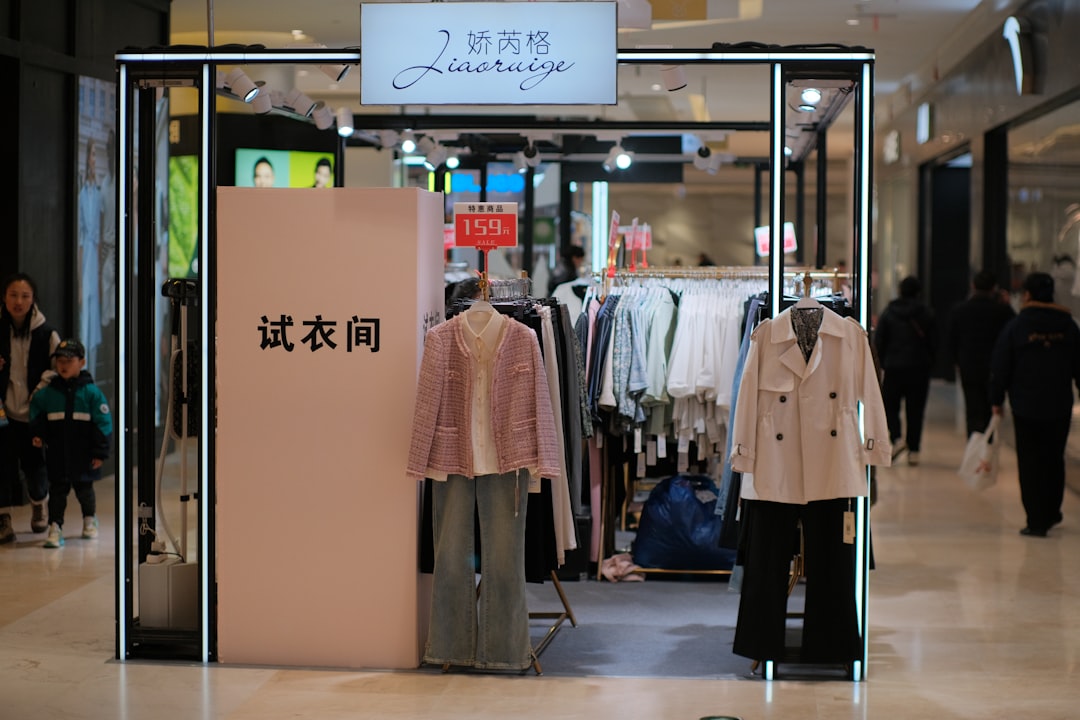
It is essential to integrate technology to create a seamless retail experience. Invest in frictionless shopping automation for speed, augmented reality (AR) capabilities for virtual product try-ons, interactive displays to create immersive installations, and smart mirrors for personalised recommendations. Technology is no longer an add-on but an intrinsic part of the shopping experience. Smart small town boutiques are adopting technology strategically without sacrificing their personal touch. Zippia reports that 73% of small businesses maintain a website. Among the 27% that don’t, 23.5% plan to create one soon, while 40% opt out entirely due to high costs, the perception that their business is too small, or reliance on social media. The key is using technology to enhance rather than replace human connections – something small boutiques excel at.
The Boutique Fitness Model Applied to Fashion
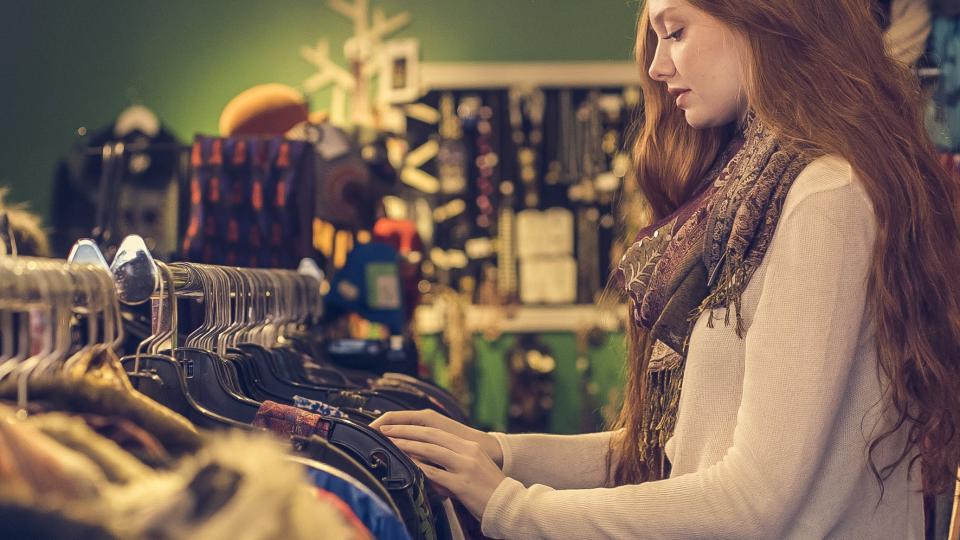
It’s also worth mentioning that the boutique fitness trend is red-hot at the moment and shows no signs of dying down. The appeal of massive gyms with rows and rows of weights and cardio equipment is losing popularity. Meaning, there is no better time than now to capitalize on the boutique fitness trend. This same principle applies beautifully to fashion retail – people are craving intimate, specialized experiences over generic mass-market offerings. The Clothing Boutiques industry lacks major companies. It comprises small stores catering to specialized audiences, focusing on unique and niche market segments. The very structure of the boutique industry makes it resistant to corporate takeover and more responsive to local trends and preferences.
Economic Growth Despite Challenges
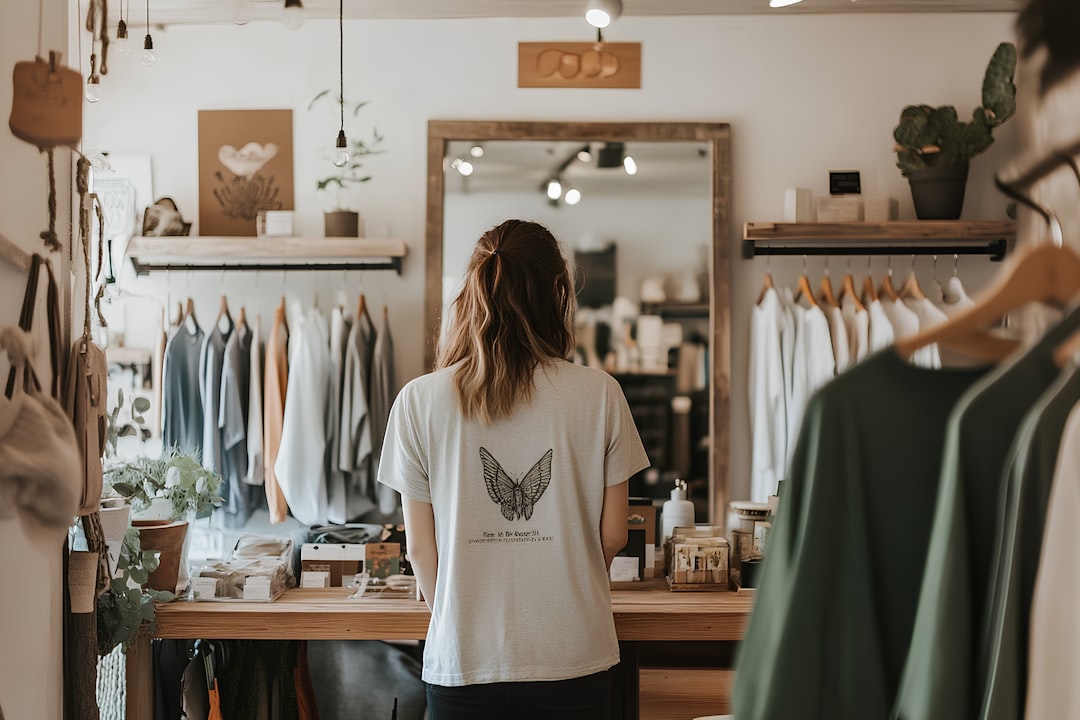
The market size of the Clothing Boutiques in the US industry in United States is $27.9bn in 2025. There are 198k businesses in the Clothing Boutiques in the US industry in United States, which has grown at a CAGR of 4.8 % between 2019 and 2024. These numbers tell an incredible story of resilience and growth during one of the most challenging periods in retail history. Despite a global pandemic, supply chain disruptions, and economic uncertainty, clothing boutiques have not just survived but thrived. Total nationwide retail continues to rise yearly, with 2024 retail and food service sales reaching $8.55 trillion. Brick and mortar retail has shown impressive resilience over the past year. With in-person shopping having become much safer than mid-pandemic, most consumers have made their way back to physical stores. The return to physical shopping has disproportionately benefited small boutiques that offer unique experiences.
Building Brand Stories That Connect
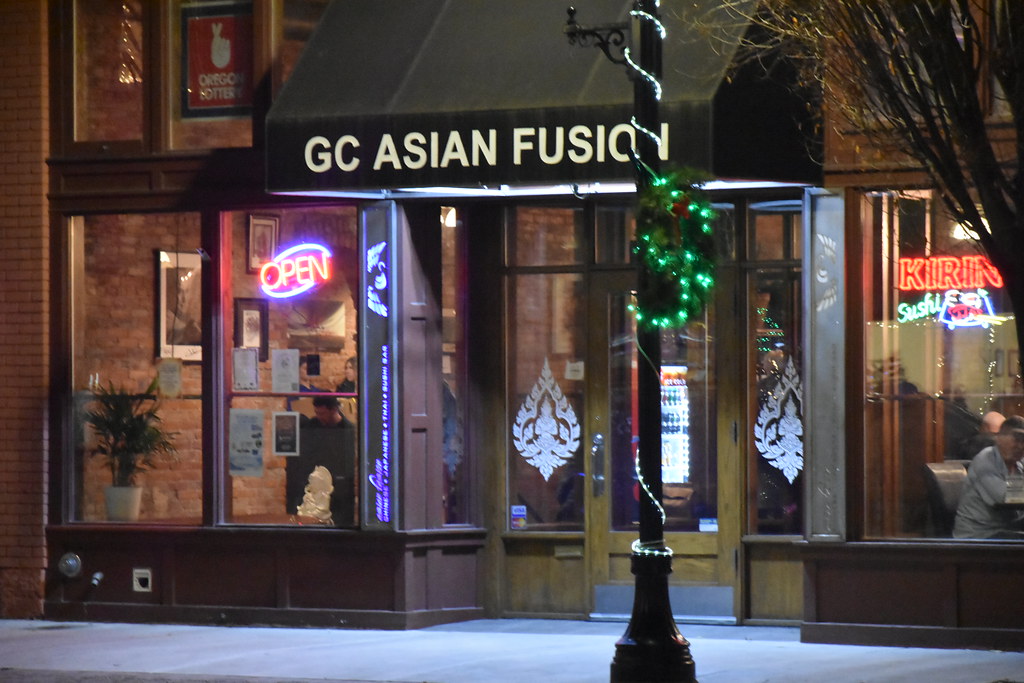
Establishing a compelling brand story that connects you to the town and its residents is crucial for long-term success. Recognize the influence of established local businesses and share your journey and motivations for starting your business, fostering loyalty and engagement among customers. Small town boutiques have natural advantages in storytelling because they’re embedded in their communities. Humorist David Sedaris summed up this consumer feeling in an interview: “I’d rather go to an actual shop — preferably a small one — than to a harshly lit superstore, or, worse still, a website,” Sedaris said. “I don’t want to buy my books and my toilet paper and my clothing all under the same roof. I want beauty in my life. I want charm. I want contact with actual people.” This desire for beauty, charm, and human connection is exactly what small town boutiques deliver naturally, and it’s becoming increasingly rare and valuable in our digital world.
The transformation happening in retail isn’t just about technology or changing consumer preferences – it’s about rediscovering what makes shopping meaningful. Small town boutiques aren’t just surviving the retail apocalypse; they’re showing everyone else the way forward. What started as a necessity born from limited resources has become the gold standard for authentic retail experiences.

